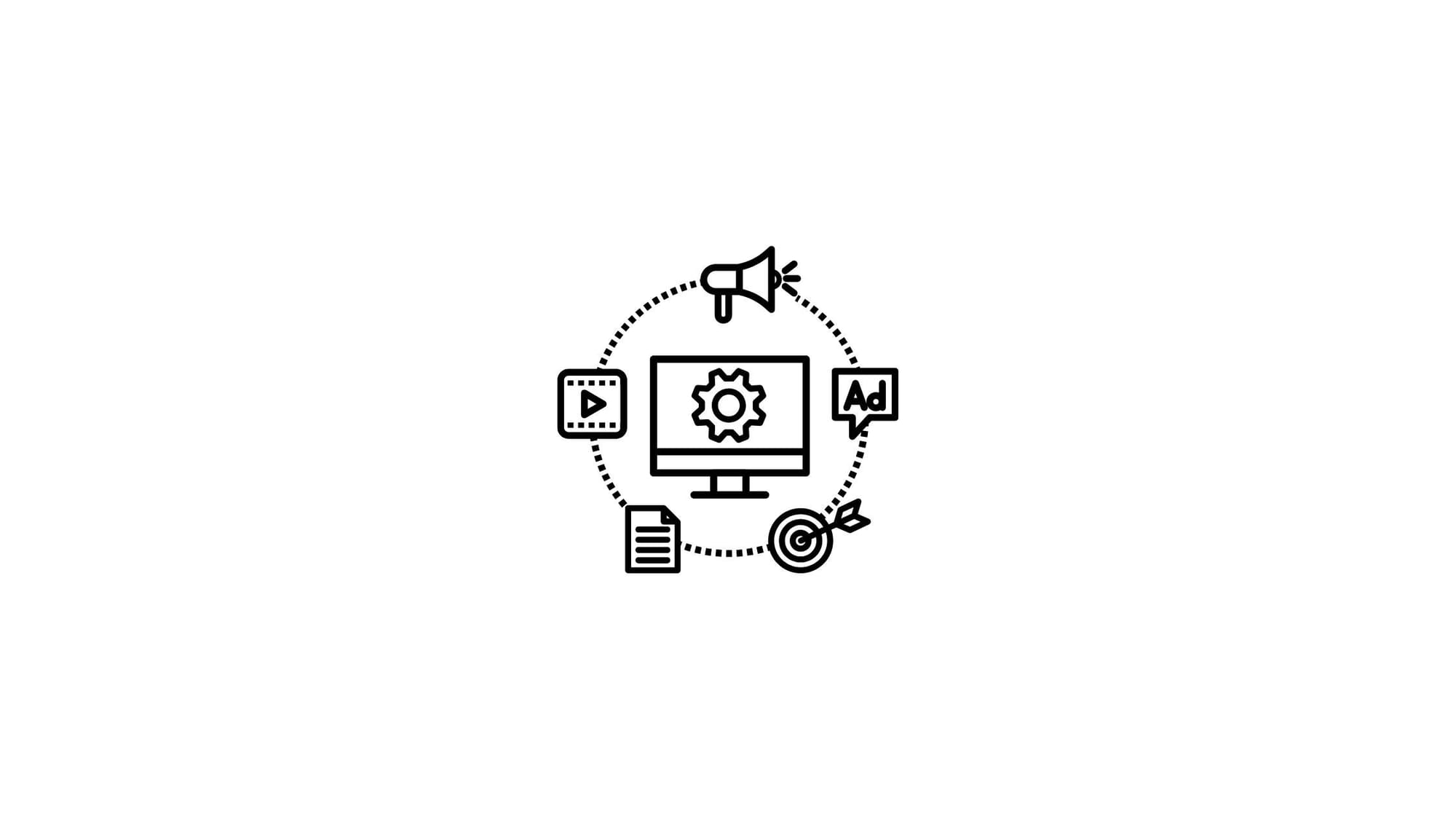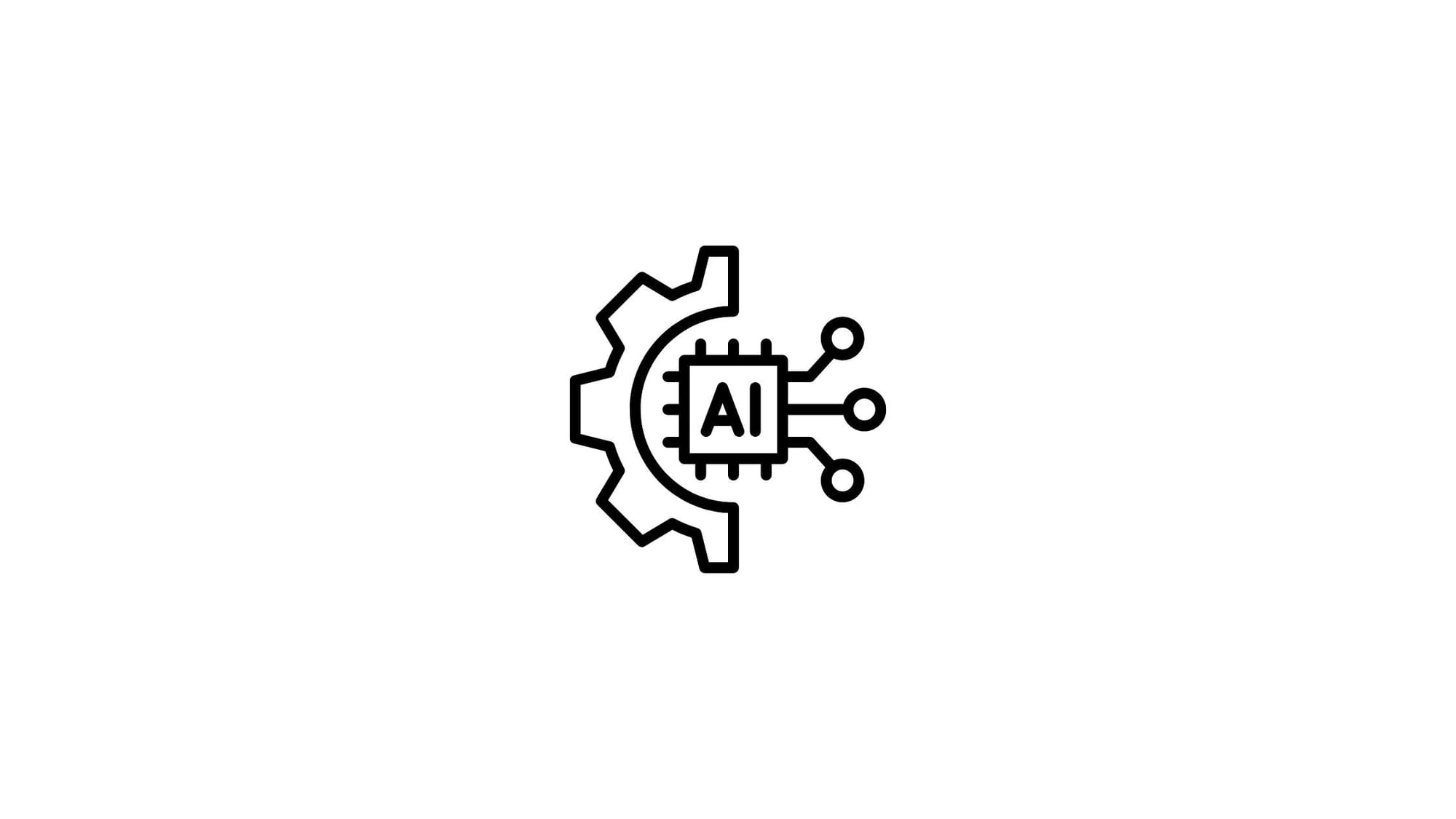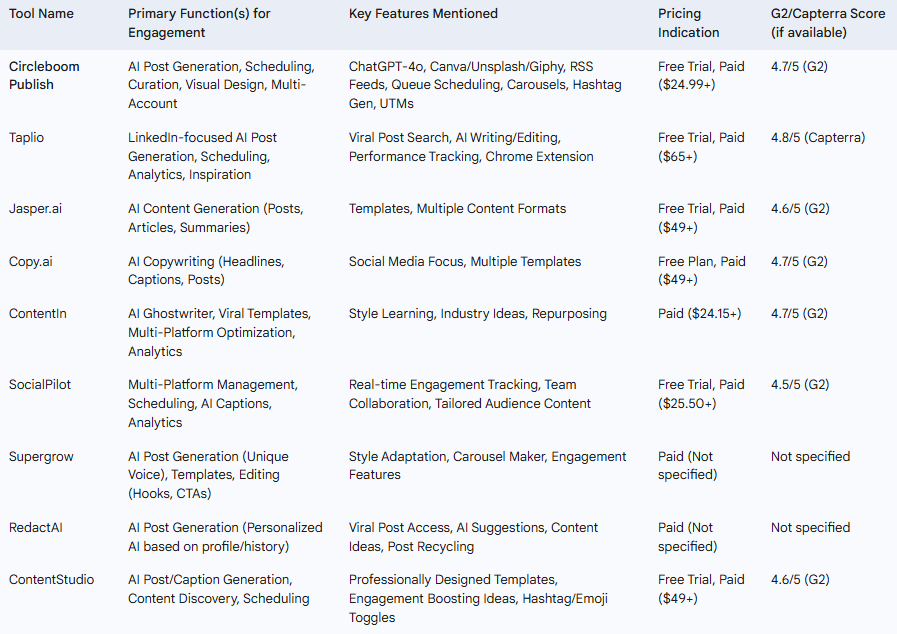LinkedIn is the premier platform for professional networking, brand building, and business development. However, capturing attention and fostering meaningful interactions amidst the constant stream of content presents a significant challenge for professionals and businesses alike. Simply having a presence is no longer sufficient; active and strategic engagement is paramount for success. Traditional methods of crafting high-quality content, engaging with networks, and analyzing performance demand considerable time and resources, often stretching individuals and marketing teams thin.
The importance of robust LinkedIn engagement cannot be overstated, as it directly influences several critical outcomes. High engagement rates signal value to the platform's algorithm, significantly boosting content visibility and reach beyond one's immediate network. This increased visibility is the bedrock upon which other benefits are built. Meaningful interactions – comments, shares, and thoughtful discussions – are the currency of professional relationship building, connecting users with industry peers, thought leaders, and potential collaborators or clients. For businesses, particularly in the B2B space, an engaged audience is more readily converted into qualified leads, making LinkedIn a vital channel for business development. Consistent, valuable engagement also solidifies credibility and establishes individuals or companies as thought leaders within their respective fields. Furthermore, an active and engaging company presence is a powerful magnet for attracting top talent.
The inherent demand for consistent, high-quality engagement creates a substantial time and resource challenge. Crafting posts, responding to comments, participating in discussions, and analyzing what works requires dedicated effort. This is where Artificial Intelligence (AI) enters the picture, not as a replacement for human connection, but as a powerful assistant or co-pilot. AI offers the potential to streamline workflows, spark creative ideas, optimize content strategies, and ultimately, help users overcome the hurdles to achieving consistent and impactful LinkedIn engagement.
This article delves into how strategically leveraging AI tools can significantly boost LinkedIn post engagement. It explores the key metrics that define success, the practical applications of AI in content creation and optimization, and the essential best practices for navigating the associated challenges and ethical considerations. Furthermore, it examines how integrated platforms, such as Circleboom Publish, can provide a streamlined workflow for implementing these AI-driven strategies effectively. The goal is not merely to automate, but to augment human effort, leading to more efficient and impactful engagement on the world's largest professional network. The effectiveness of AI, however, is not guaranteed by its mere application. It hinges critically on understanding and overcoming its inherent limitations, particularly concerning authenticity and nuance, and integrating these technologies ethically and thoughtfully into a human-led strategy.

Decoding LinkedIn Engagement: What Matters Most?

To effectively leverage AI for boosting LinkedIn engagement, one must first understand what constitutes meaningful interaction on the platform and why it matters. LinkedIn's algorithm, like those of other social networks, uses user interactions as signals to determine content quality and relevance, influencing its visibility in the feed. Tracking the right metrics allows professionals and businesses to gauge audience resonance and refine their strategies.
Key LinkedIn engagement metrics include:
- Reactions: These encompass options like Like, Celebrate, Support, Love, Insightful, Funny, and Curious. They provide immediate feedback on how content is received and signal positive reception to the algorithm. While valuable, they are often considered a lighter form of engagement compared to comments or shares.
- Comments: Comments represent a deeper level of interaction, indicating that a post has sparked thought or discussion. They are crucial for building community, fostering dialogue, and demonstrating active participation. The algorithm often rewards posts that generate conversations.
- Shares (Reposts): When users share content, it significantly amplifies its reach, exposing it to new networks and audiences. Shares suggest that the content is perceived as highly valuable, informative, or relevant enough to be endorsed to one's own connections.
- Clicks: This metric tracks clicks on links, profiles, images, videos, or the "see more" option within a post. Clicks indicate user interest and intent to learn more, making them vital for driving traffic to websites, landing pages, or other resources. Click-Through Rate (CTR), calculated as clicks divided by impressions, is a key performance indicator (KPI) measuring how effectively content inspires action.
- Follows (from content): Some analytics track when users follow a profile or page directly after interacting with a specific post. This directly measures the content's ability to attract and grow an audience.
- Impressions and Reach: Impressions refer to the total number of times a piece of content is displayed on users' screens. Reach refers to the number of unique users who saw the content. While foundational, these metrics lack context on their own. High impressions with low engagement might indicate the content wasn't compelling enough to stop the scroll.
- Engagement Rate: This is arguably the most critical metric for understanding content resonance. It measures the percentage of people who interacted with a post after seeing it. LinkedIn typically calculates this as Total Engagements (often including reactions, comments, shares, and clicks) divided by Total Impressions, expressed as a percentage. While benchmarks vary by industry, an engagement rate above 2% is often considered good. Some calculations also use followers as the denominator, which can be useful for assessing the engagement level of the existing audience base.
The LinkedIn algorithm actively prioritizes content demonstrating higher engagement. This creates a positive feedback loop: engaging content gets shown to more people, increasing its potential for further interaction. Therefore, optimizing posts to trigger these initial engagement signals is vital for maximizing visibility and impact.
However, focusing solely on easily tracked metrics like impressions or likes can be misleading – these are sometimes referred to as "vanity metrics".While important for visibility, they don't always correlate with deeper interest or business outcomes. Comments and shares require more user effort and typically indicate a higher perception of value. Clicks directly contribute to traffic generation and potential conversions. Consequently, a sophisticated AI-driven strategy should aim to generate content that encourages these more meaningful forms of engagement, moving beyond surface-level interactions to foster genuine connection and drive tangible results. The ultimate goal when using AI is to strategically influence these key metrics, crafting content that is more likely to elicit valuable reactions, spark conversations, encourage shares, and inspire clicks.

The Rise of AI in Content Creation: Opportunities and Hurdles

Artificial intelligence has rapidly emerged as a transformative force in content creation, offering significant potential for enhancing LinkedIn strategies. Understanding both its advantages and limitations is crucial for effective implementation.
The AI Advantage for LinkedIn Content
- Efficiency and Speed: AI tools can dramatically reduce the time required for drafting posts, brainstorming ideas, and even scheduling content, freeing up valuable time for strategic planning, networking, and personalized engagement. This efficiency is a major draw, with studies indicating high adoption rates among businesses for tasks like content creation.
- Idea Generation and Creativity Boost: AI platforms like ChatGPT, Jasper, and specialized LinkedIn tools such as Taplio or MagicPost can act as powerful brainstorming partners, suggesting relevant topics, different angles on a subject, and content formats based on trends and user input. They can analyze industry developments and curate content for commentary, helping users overcome writer's block.
- Consistency: Maintaining a regular posting schedule is vital for staying visible in LinkedIn feeds and building audience expectations. AI can assist in creating a steady stream of content and scheduling it for optimal times, ensuring consistent presence even during busy periods.
- Optimization Potential: AI algorithms can analyze vast amounts of data to identify patterns associated with high engagement, suggesting optimizations for headlines, calls-to-action, hashtags, and posting times.

Navigating the Pitfalls: AI Content Challenges

Despite the benefits, relying solely on AI for LinkedIn content carries significant risks:
- Lack of Authenticity and Generic Output: A major concern is that AI-generated content often lacks a unique voice, personality, and the nuances of human experience, resulting in posts that sound robotic, bland, or indistinguishable from countless others. This can lead to "AI content exhaustion" among audiences who crave genuine connection. Simply copying and pasting AI output is rarely effective for building authentic relationships on a professional network.
- Accuracy Issues and "Hallucinations": AI models can generate information that appears factual but is incorrect, outdated, or entirely fabricated – a phenomenon known as hallucination. Publishing inaccurate content can severely damage credibility, especially on a professional platform like LinkedIn. When reviewing AI-generated content for LinkedIn, an AI checker can help identify machine-written text and verify authenticity before publication. Rigorous fact-checking by human experts is essential.
- Difficulty with Nuance and Context: AI struggles to grasp subtle context, cultural references, humor, irony, and deep emotional resonance, which are often key elements of engaging human communication.
- Ethical Concerns: Several ethical issues demand attention:
- Bias: AI models trained on biased data can perpetuate and amplify societal biases related to race, gender, or other characteristics, leading to discriminatory or unfair content.
- Privacy: Using personal data to train AI or personalize content raises significant privacy concerns, requiring compliance with regulations like GDPR and transparent data handling practices.
- Plagiarism and Intellectual Property: AI might inadvertently reproduce existing content without proper attribution, creating potential copyright issues. Ownership of AI-generated content can also be ambiguous.
- Transparency: A lack of transparency about AI's role in content creation can erode trust. Disclosure may be necessary or advisable in certain contexts.
- Performance Questions: There's evidence suggesting that purely AI-generated content may receive lower engagement compared to human-written posts, potentially due to its generic nature.
The Human Imperative
The core tension in using AI for LinkedIn lies in balancing the quest for efficiency with the platform's fundamental reliance on authentic human connection and expertise.LinkedIn is primarily a networking platform where trust and credibility are paramount. Over-reliance on generic AI content risks undermining the very authenticity needed to build these professional relationships. Therefore, the most effective approach views AI as a tool to augment human capabilities, not replace them. A "human-in-the-loop" strategy, where individuals provide strategic direction, inject personal insights, ensure accuracy, and maintain ethical standards, is essential for leveraging AI successfully. Think of AI as the first-draft partner, with the human user serving as the final editor-in-chief. Furthermore, the ethical risks associated with AI–bias, inaccuracy, and privacy violations represent significant threats to brand reputation on LinkedIn.Implementing rigorous human oversight and ethical checks is not just a best practice but a critical risk management necessity.
Leveraging AI to Supercharge Your LinkedIn Posts

Artificial intelligence offers a suite of capabilities that can be strategically applied across the entire LinkedIn content lifecycle, from initial idea to final optimization. By understanding these applications, professionals and businesses can enhance their content's quality, relevance, and reach.
AI for Content Ideation & Strategy
Before writing even begins, AI can serve as a powerful research and brainstorming assistant:
- Topic Discovery: AI tools can analyze industry trends, monitor relevant hashtags, and track conversations within specific niches, providing data-driven suggestions for timely and relevant post topics. They can also curate recent articles or thought leadership pieces, offering material for commentary or response posts.
- Angle Brainstorming: Faced with writer's block? AI platforms like ChatGPT, Claude.ai, or specialized tools like Taplio and MagicPost can generate multiple angles, hooks, or content structures based on a core theme or keyword, sparking creativity and providing diverse starting points.
- Audience Resonance Analysis: By analyzing past performance data (if integrated) or broader industry trends, AI can suggest topics likely to resonate with specific audience segments based on their demographics, interests, or engagement patterns. This helps tailor content for maximum impact.
- Content Gap Identification: More advanced AI analytics might identify gaps in a user's content strategy by comparing their output and performance against competitors or identifying underserved topics within their niche.

AI for Drafting Engaging Content
AI excels at transforming ideas and outlines into initial drafts:
- Post Generation: Numerous AI tools (including general models like ChatGPT and specialized platforms like Jasper, Copy.ai, Taplio, MagicPost, Supergrow, RedactAI, ContentStudio) can generate drafts of LinkedIn posts from prompts, outlines, existing articles (via URL), notes, or even voice recordings.
- Headline Crafting: AI can generate multiple headline options designed to capture attention in the fast-scrolling LinkedIn feed, often incorporating elements known to boost clicks. A strong hook is crucial for initial engagement.
- Call-to-Action (CTA) Development: AI can suggest clear, concise, and compelling CTAs tailored to the post's objective, guiding the audience toward desired actions like commenting, sharing, visiting a link, or downloading a resource.
- Long-Form Content Assistance: For LinkedIn Articles, AI can assist in generating outlines, drafting sections, and structuring arguments, speeding up the creation of more in-depth content.
- Carousel and Thread Structuring: AI can help break down complex information or narratives into digestible chunks suitable for LinkedIn Carousels or multi-post threads, maintaining flow and engagement. Tools like Circleboom Publish offer specific LinkedIn Carousel Generators.
This is how Carousel posts look on LinkedIn ⬇️
AI for Content Optimization
Beyond drafting, AI can refine content for better performance:
- Tone and Style Matching: AI algorithms can analyze existing content or follow specific instructions to adjust the tone of a post (e.g., professional, informal, witty, empathetic) to align with a brand's voice or the specific context of the message. Tools like Grammarly can further polish grammar and clarity.
- Readability and Formatting: AI can suggest ways to improve readability by breaking up long paragraphs, using bullet points, adding relevant emojis, and ensuring conciseness. This caters to users who skim content. AI can also help adhere to optimal post lengths, although flexibility is key.
- Hashtag Recommendations: AI tools can generate relevant hashtags based on the post's content and current trends, increasing discoverability by users searching or following those topics. Adhering to best practices, like using 3-5 focused hashtags, is generally recommended. Circleboom Publish includes a dedicated LinkedIn Hashtag Generator.
- Optimal Posting Time Suggestions: By analyzing historical engagement data or general platform trends, AI can recommend the best times to publish posts to reach the audience when they are most active. While general guidelines exist (e.g., mid-week, business hours), personalized insights are more effective.
- Keyword Optimization: Some AI applications might assist in incorporating relevant keywords naturally into posts and profiles to improve visibility within LinkedIn's internal search.

AI for Personalization
Making content feel relevant to individual users or segments is key for engagement:
- Content Tailoring: AI can help adapt messaging or content angles for different audience segments based on their industry, job function, or expressed interests, potentially identified through analytics.
- Personalized Outreach (Context for Engagement): While the primary focus here is post engagement, it's worth noting AI's capability in personalizing connection requests and messages by extracting relevant information from user profiles. This ability to tailor communication, even in outreach, underscores the importance of personalization in fostering the relationships that ultimately drive post engagement. However, ethical use and avoiding excessive automation in outreach are critical.
The most significant impact of AI comes not just from generating content, but from generating optimized content. Posts tailored in tone, timing, topic, and potentially personalization, based on data analysis, stand a much higher chance of resonating and driving engagement. This necessitates AI tools that integrate optimization features alongside generation capabilities. Yet, while AI is adept at optimizing quantifiable elements like keywords or timing, the qualitative aspects – the authentic voice, the compelling narrative, the unique insight born from experience – remain crucial differentiators that require human input. The most effective strategies leverage AI for the optimizable components while humans infuse the core message with personality and genuine value.

Streamlining Your Workflow: Introducing Circleboom Publish

Implementing a multi-faceted AI strategy for LinkedIn involves juggling various tasks: ideation, drafting, creating visuals, optimizing hashtags and timing, scheduling posts, and potentially analyzing results. Managing separate tools for each step can become complex and inefficient, leading to the challenge of "AI tool overload".Integrated platforms offer a solution by consolidating these functions into a single, streamlined workflow.
Circleboom Publish emerges as a comprehensive social media management tool designed to simplify this process. It supports LinkedIn profiles and Company Pages alongside other major platforms like Twitter/X, Facebook, Instagram, Pinterest, Google Business Profile, YouTube, and Threads, allowing for centralized management. The platform emphasizes an intuitive design, aiming for ease of use even with its extensive feature set.
Key Circleboom Publish Features for AI-Driven LinkedIn Engagement:
- AI LinkedIn Post Generator: At its core, Circleboom Publish features an AI writer powered by OpenAI's ChatGPT-4o technology. This allows users to generate engaging post drafts, captions, and other text content directly within the platform. It includes options to define tone, style, and warmth, and can automatically add relevant emojis and hashtags, perform grammar checks, and even translate content. This directly supports the AI drafting and optimization strategies discussed previously.
- Visual Content Integration: Recognizing the importance of visuals for engagement, Circleboom Publish integrates directly with Canva, Unsplash, and Giphy.Users can design posts using Canva templates, source high-quality stock images from Unsplash, or find relevant GIFs via Giphy without leaving the Circleboom dashboard. It also supports creating multi-image LinkedIn Carousel posts.
- Content Curation Tools: To help maintain a consistent posting schedule with valuable content, Circleboom offers two main curation features:
- Discover Articles: Users can define interest areas, and the tool curates relevant articles from reputable sources worldwide, which can then be easily shared or scheduled.
- RSS Feed Integration: Users can connect RSS feeds from blogs or news sites to automatically share new content to their LinkedIn profiles or pages, ensuring a steady flow of relevant updates.
- Advanced Scheduling & Automation: Circleboom Publish provides robust scheduling options. Users can post immediately, schedule for a specific future date and time, or add posts to a queue. Queue settings allow for defining time intervals for automated posting, ensuring content goes out consistently at potentially optimal times.
- Multi-Account Management: The platform is designed to handle multiple social media profiles, including multiple LinkedIn profiles and company pages, from a single interface. This is particularly beneficial for agencies, consultants, or businesses managing various brand presences.
- Analytics and Tracking Support: While the specifics of native LinkedIn post analytics within Circleboom Publish seem less detailed compared to its Twitter counterpart based on available information, the platform does support features crucial for tracking effectiveness. It allows users to add custom UTM parameters to links shared in posts. This enables detailed tracking of traffic sources and campaign performance within external analytics tools like Google Analytics, bridging the gap for ROI measurement. Users should still leverage LinkedIn's native analytics for in-depth, platform-specific performance data.
AI Tools for LinkedIn Content Enhancement

The primary value of integrated tools like Circleboom Publish lies in enhancing workflow efficiency. By bringing together AI-driven content creation, visual design tools (like its Canva integration), content curation methods, and sophisticated scheduling options into one dashboard, it directly tackles the "AI tool overload" challenge. This consolidation saves significant time and effort compared to using separate, disconnected tools for each stage of the LinkedIn content process. While its native LinkedIn analytics might require supplementation from LinkedIn's own data or specialized tools for the deepest insights, its strength in content creation, curation, and distribution makes it a compelling option for streamlining AI-powered LinkedIn strategies.
Best Practices for Ethical and Effective AI Use on LinkedIn
Leveraging AI for LinkedIn engagement offers immense potential, but its effectiveness and ethical standing depend heavily on how it's implemented. Simply automating content creation is insufficient and potentially detrimental. Adhering to best practices ensures that AI serves as a valuable assistant, enhancing rather than replacing the human element crucial for professional networking.
Prioritize Authenticity
- Maintain Human Oversight: AI-generated content should always be treated as a first draft. Human review, editing, and personalization are non-negotiable steps to ensure quality, accuracy, and alignment with brand voice. AI assists; it does not author.
- Inject Your Unique Voice and Stories: The most engaging content often stems from personal experiences, unique perspectives, and authentic storytelling – elements AI cannot replicate. Infuse AI drafts with personal anecdotes, specific examples, and the genuine personality of the individual or brand. Use AI for structure and initial ideas, but let the human element drive the core message.
- Engage Genuinely: While AI can assist in drafting comments or identifying engagement opportunities, genuine interaction requires human participation. Respond personally to comments and messages to build real relationships. Avoid automated spamming tactics that can damage your reputation.
Ensure Accuracy and Quality
- Rigorous Fact-Checking: AI models can "hallucinate" or generate plausible-sounding but incorrect information. All facts, statistics, quotes, or claims produced by AI must be meticulously verified against reliable sources before publication.
- Review for Relevance and Value: Ensure that every piece of content, whether AI-assisted or not, provides genuine value–insights, solutions, and education to the target audience.
- Provide Quality Inputs: The quality of AI output is directly related to the quality of the input. Use clear, specific, and detailed prompts. Provide relevant context, background information, or links to core pages to guide the AI effectively.
Maintain Ethical Standards
- Transparency and Disclosure: Consider disclosing the use of AI in content creation where it might impact perception or trust. Clearly labeling AI-generated content might be appropriate in some situations to maintain honesty with the audience.
- Bias Mitigation: Be vigilant for biases in AI-generated content that could reflect societal prejudices or discriminate against certain groups.Review outputs for fairness and inclusivity. If involved in model training, use diverse datasets.
- Privacy and Data Security: Handle any user data involved in personalization or AI training with extreme care, adhering to privacy regulations like GDPR. Understand the data usage policies of the AI tools being used, especially when it comes to the proper deployment of LLMs, where misconfigurations can lead to unintended data exposure.
- Avoid Manipulation and Misinformation: Do not use AI to create fake profiles, spread misinformation, impersonate others, or artificially inflate engagement metrics through prohibited means like buying followers or excessive automation.

Optimize Through Testing
- A/B Test AI-Generated Content: Treat AI-generated content elements (headlines, CTAs, visuals, copy variations, tones) as hypotheses that need validation. Systematically test different versions against each other to determine what truly resonates with your specific LinkedIn audience. AI models trained on general data cannot perfectly predict niche audience preferences.
- Define Clear Goals and Metrics: Before testing, establish specific, measurable goals (e.g., increase comment rate by 15%, improve CTR on links) and track the relevant metrics to evaluate performance accurately.
- Iterate and Refine: Use the insights gained from A/B testing to continuously refine AI prompts, content strategies, and optimization techniques. Test one variable at a time to isolate its impact effectively.
Establishing a robust process around AI use is paramount. This workflow should encompass human review, ethical checks, personalization efforts, and performance analysis (like A/B testing). Success hinges not just on the sophistication of the AI tool, but on the diligence and strategic thinking applied within this human-AI collaborative process.
Conclusion: The Future is Human-AI Collaboration
The quest for meaningful engagement on LinkedIn is more critical—and challenging—than ever. Artificial intelligence presents a compelling opportunity to navigate this landscape more efficiently, offering powerful capabilities for content ideation, drafting, optimization, and scheduling. As explored, AI can significantly reduce the time investment required for maintaining an active presence, help overcome creative blocks, and provide data-driven suggestions to enhance post performance.
However, the journey to AI-driven engagement is not one of pure automation. The most effective and sustainable strategies emerge from a synergistic collaboration between human intelligence and artificial intelligence. AI excels at processing data, identifying patterns, generating initial drafts, and handling repetitive tasks at scale. Yet, it lacks the genuine creativity, emotional intelligence, nuanced understanding, personal experience, and ethical judgment that define authentic human connection – the very essence of successful networking on LinkedIn.
Therefore, the future of impactful LinkedIn marketing lies in viewing AI not as a replacement, but as a sophisticated assistant. Success requires a mindset shift towards guiding AI, refining its outputs, ensuring factual accuracy and ethical alignment, and infusing content with the irreplaceable human touch. It demands establishing robust workflows that integrate human oversight at critical checkpoints, from prompt engineering to final review and engagement analysis.
Furthermore, the ethical considerations surrounding AI-bias, privacy, transparency, and accuracy cannot be ignored, especially on a platform built on professional reputation and trust. Responsible implementation, including rigorous fact-checking, bias awareness, and potentially disclosure, is crucial for maintaining credibility and avoiding reputational damage.
As AI tools become increasingly accessible, the true differentiator will not be the mere use of AI, but the skillful integration of these tools into a strategy that prioritizes both efficiency and authenticity. Professionals and businesses that master this human-AI collaboration – leveraging AI's strengths while amplifying their unique voice and providing genuine value – will be best positioned to cut through the noise, foster meaningful connections, and achieve their goals on LinkedIn.
The path forward involves thoughtful experimentation. Start by identifying specific tasks where AI can provide the most immediate value, such as brainstorming topics or drafting initial post structures. Explore tools designed to facilitate this balanced workflow, like Circleboom Publish, which integrates AI generation (powered by ChatGPT-4), visual design tools (like Canva), content curation features, and advanced scheduling into a unified platform. Measure the results, refine your approach through methods like A/B testing, and always prioritize adding your unique perspective and value. By embracing AI as a strategic partner, guided by human insight and ethical principles, you can unlock new levels of engagement and success on LinkedIn.












